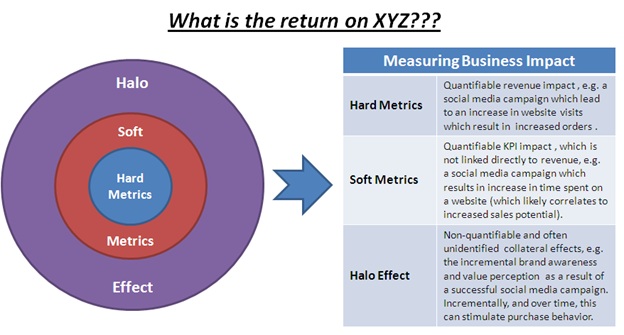First off, this is not a personal question. It’s business. In fact, it’s the most important question in business — and executives are asking it everyday.
How can you quantify your contribution to the business? And do you even want to spend your precious time on this? Based on Forrester’s research, the answer is pretty clear: yes. Within the next 3 years, more than half of market insights professionals expect to have to quantify their ROI to the business. Executives are pushing marketing to show its ROI and will soon put pressure on market insights. Are you ready?
Market insights professionals tend to see it as difficult, if not impossible, to quantify the value and ROI of their organisation. How do you quantify the impact of an intangible service that is not sold? In researching the answer, I found a couple of smart approaches, like market insights soliciting bids on a project – which they intend to do internally – to determine the fair market value (FMV) of its service. I also found some questionable approaches, like calculating the theoretical opportunity cost of not doing research.
When looking at business impact, there are typically three types of measurements of success: 1) hard metrics, which have known links to revenue and/or profit gain; 2) soft metrics, which have known links to business improvement but unclear links to actual revenue and/or profit gain; and 3) the “halo effect”, a non-quantifiable gain that doesn’t necessarily translate into immediate customer action but can help drive business results incrementally and over the long run:
If ROI is about determining the value-add to the business (and this is what it should be about), then any models for improving ROI should:
1) Be connected to real-world value, not theoretical outcomes.
2) Be based on data, not hypothetical estimates.
3) Determine the actual gain to the business.
By connecting insights to outcomes, it’s possible to understand the qualitative value — and, in many circumstances, the quantitative impact and ROI — of market insights. Connecting insights to business impact (outcomes) happens along what we’re calling the “path to monetization.” An upcoming Forrester report will provide more details about the path and process to follow to do this. Another report in this series will provide formulas that show market insights professionals how they can quantify ROI.
Beyond just gaining proof points of market insights’ value, this exercise can help market insights professionals focus their efforts more on high-impact research, rationalize their portfolio, and potentially cut out high-effort (but low-impact) projects.
If you follow business news, you’ll see a lot of amazing success stories. Many of these got their start in a market insights deliverable. It’s time for market insights professionals to track the impact of their insights and start building out return on insights proof points to help executives and the business see this value!
 Richard Evensen is Senior Analyst at Forrester Research where he serves, and contributes to the Forrester blog for, Market Insights professionals. This blog post is published with the permission of Forrester Research.
Richard Evensen is Senior Analyst at Forrester Research where he serves, and contributes to the Forrester blog for, Market Insights professionals. This blog post is published with the permission of Forrester Research.



